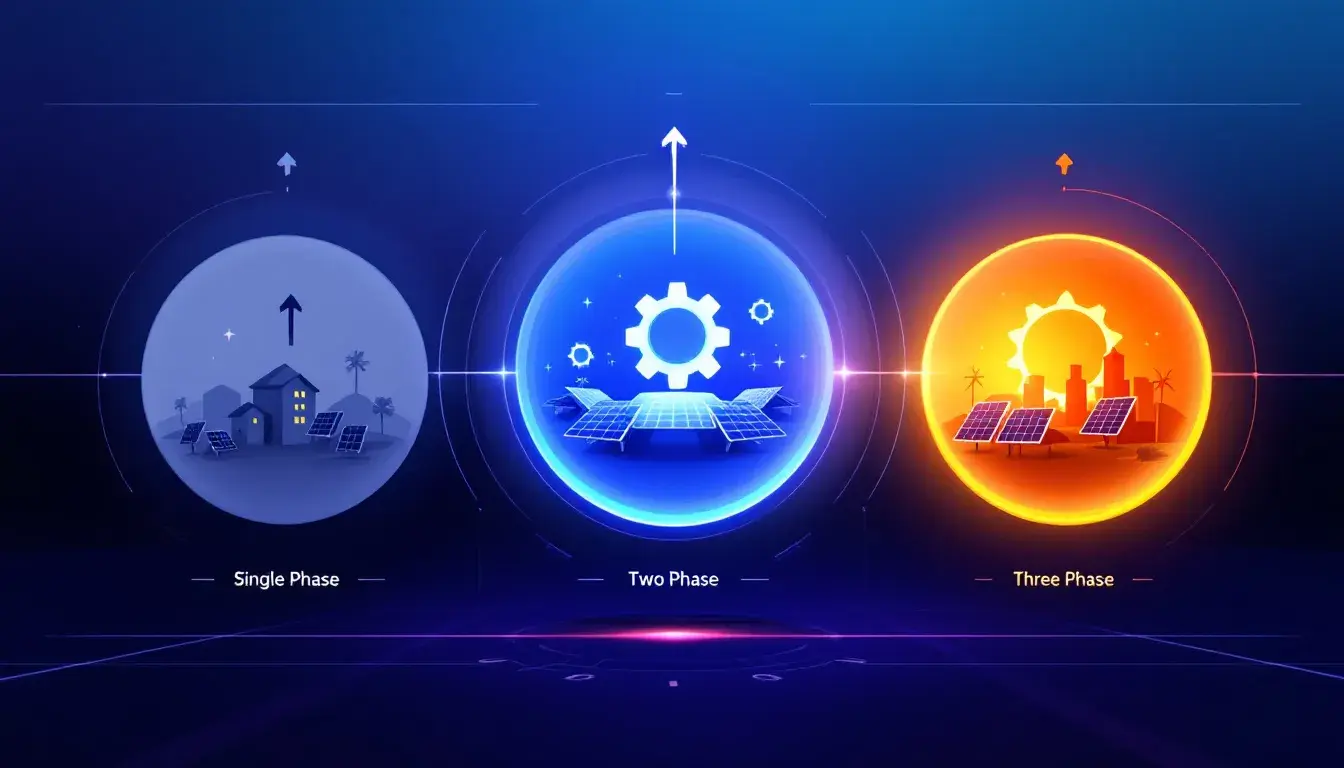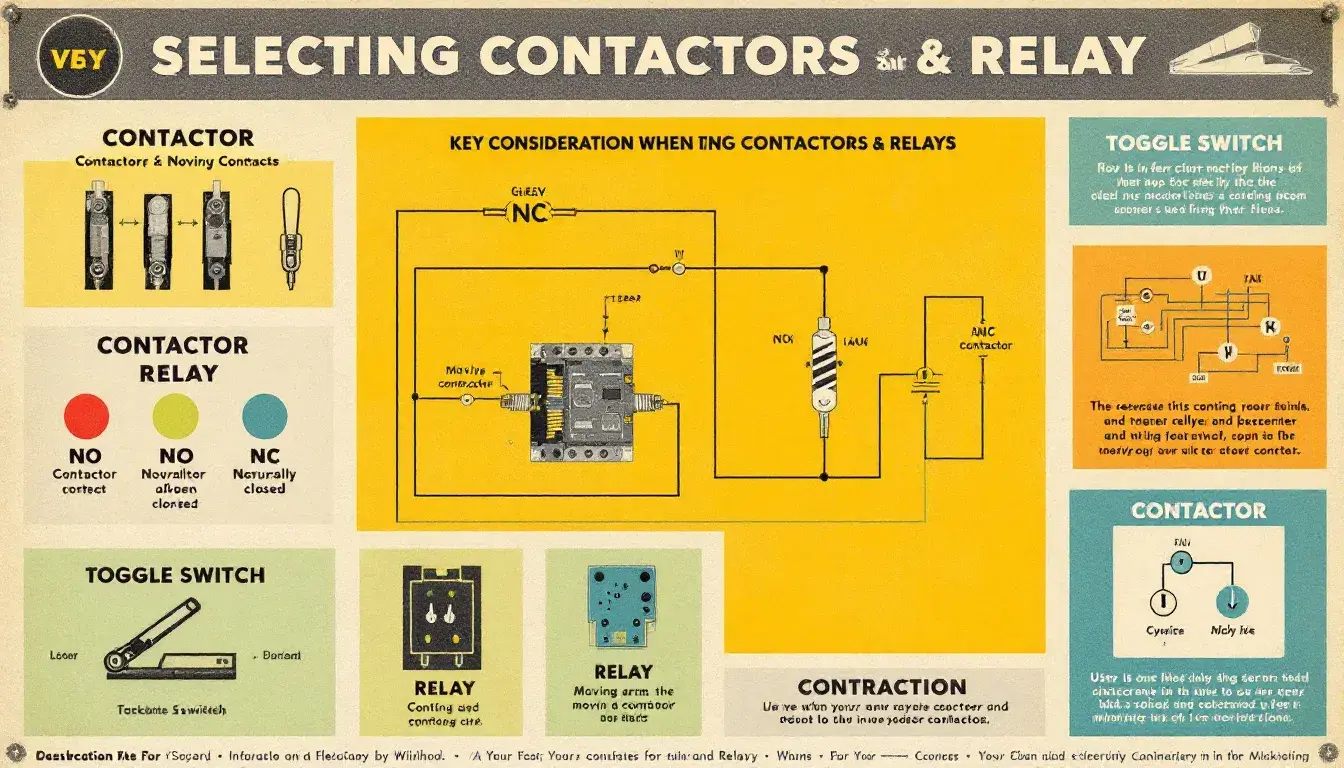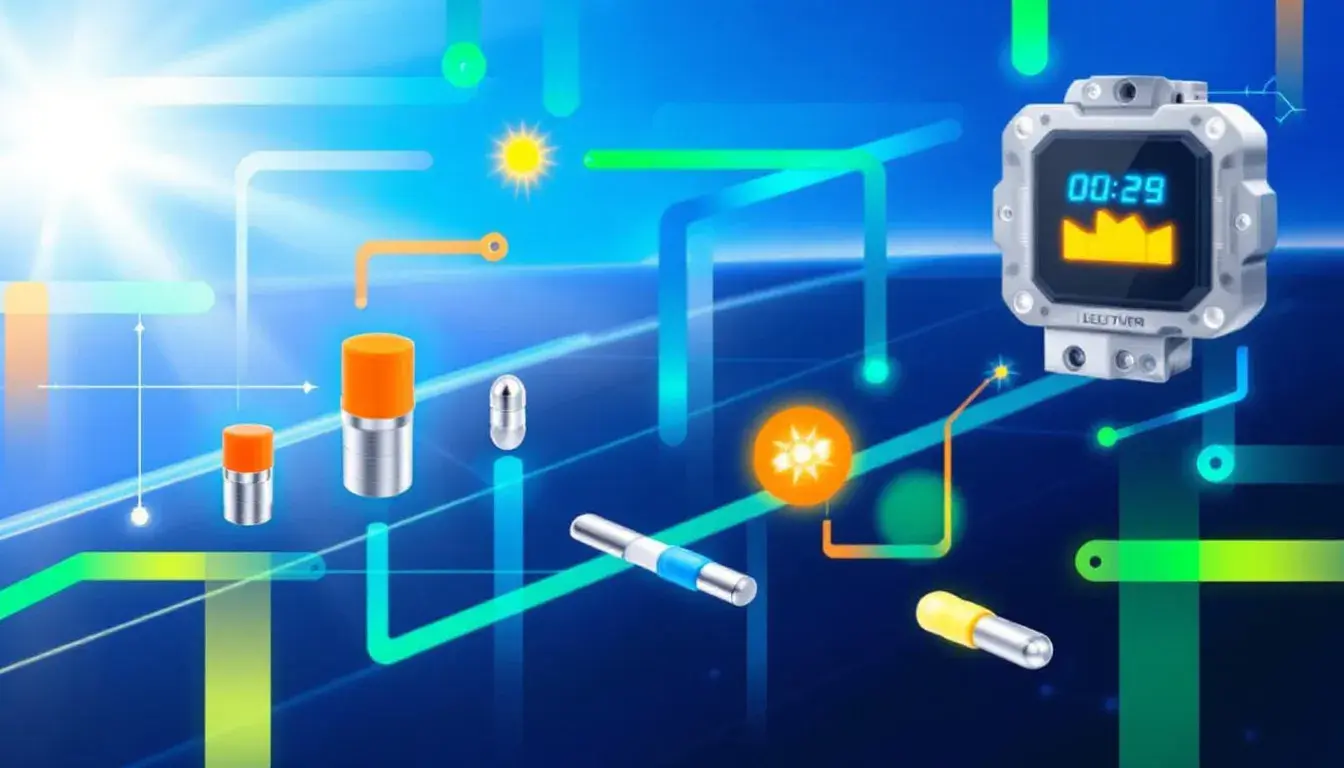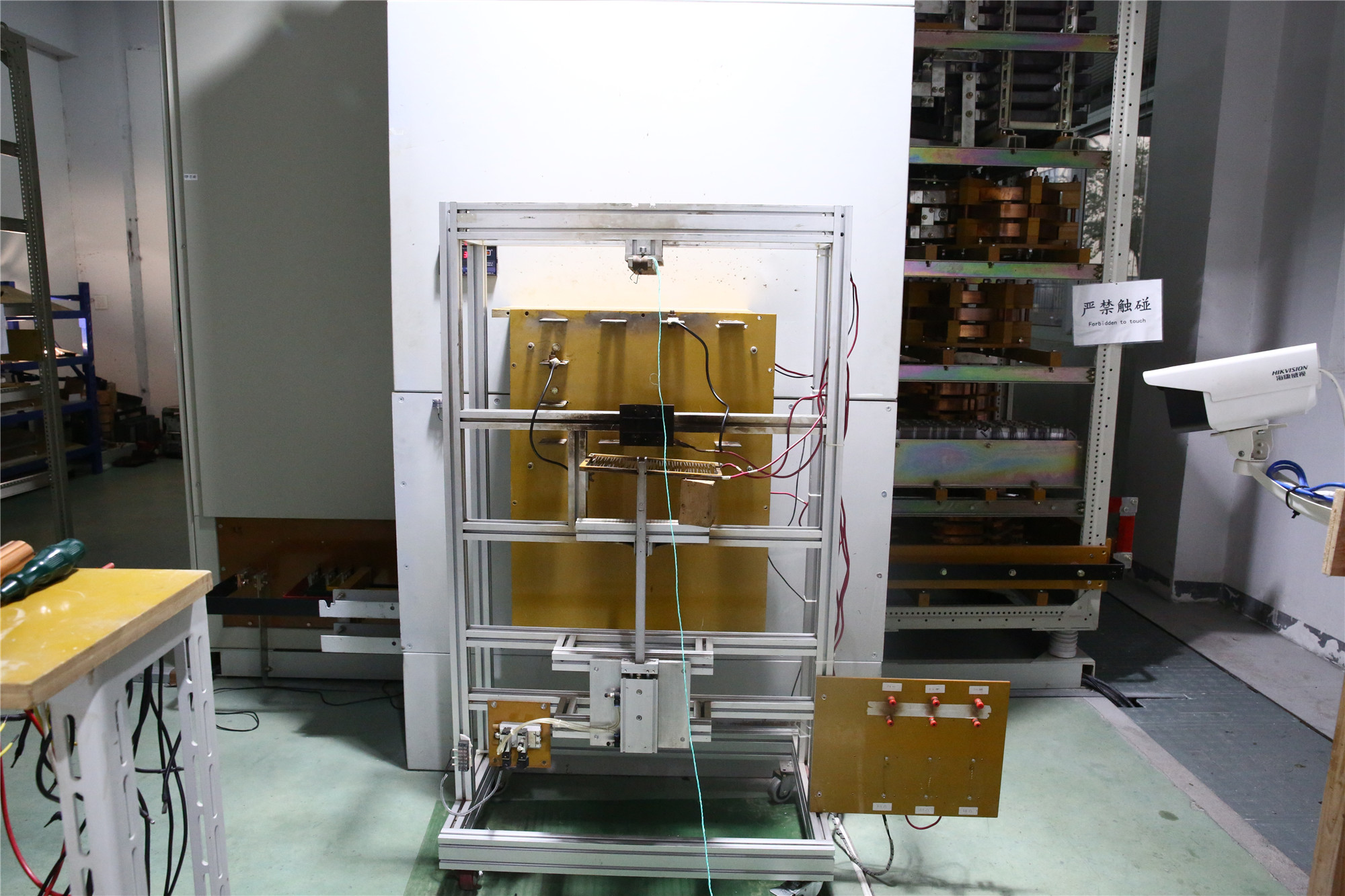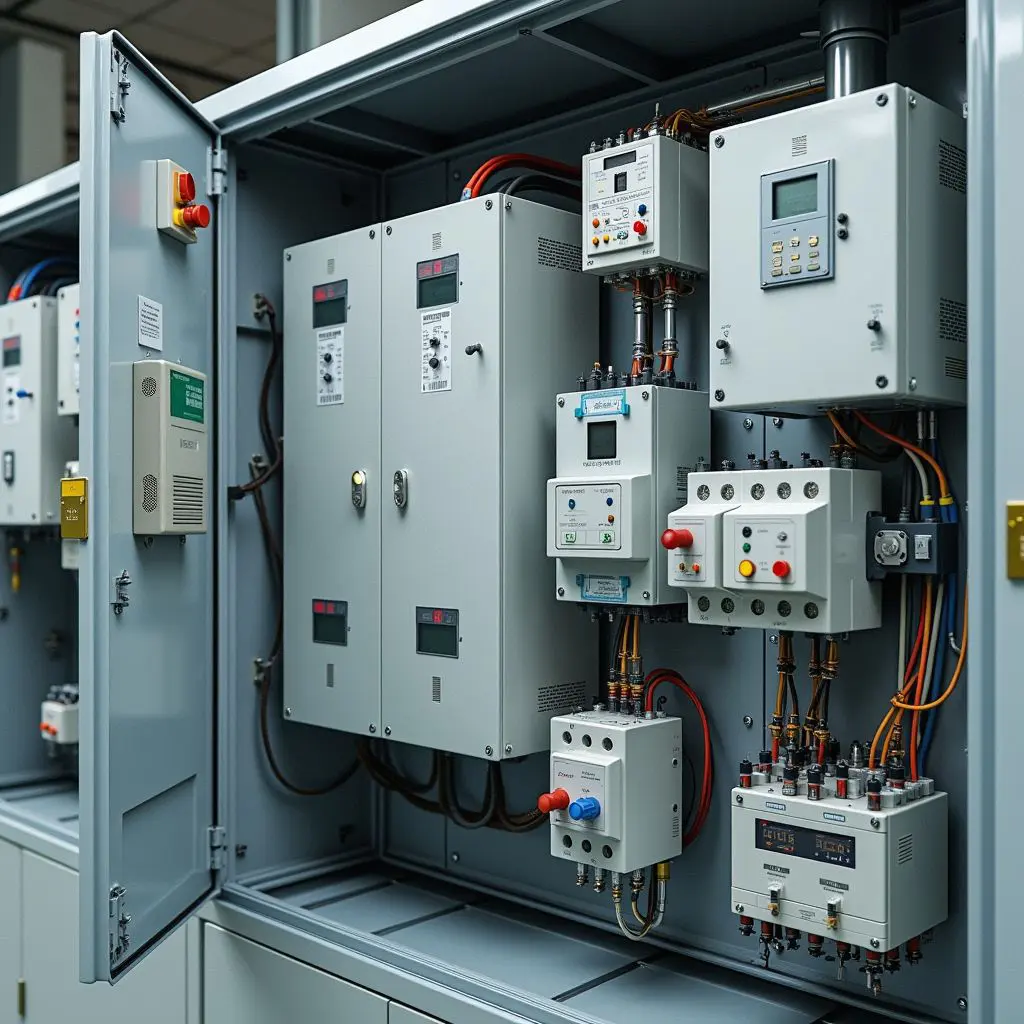Top Benefits of a Single Phase Meter
03rd Apr 2025
A single phase meter measures the electricity usage in homes and small businesses that use a single-phase power supply. These meters are essential for monitoring energy consumption and ensuring accurate billing. In this article, we will explore the types, benefits, and key components of single phase meters, helping you understand why they are crucial for effective energy management. Key Takeaways Single-phase meters are essential for measuring electricity usage in residential settings, allowing for accurate billing and effective energy management. There are different types of single-phase meters, including wall-mounted, DIN-rail, and smart meters, each tailored for specific applications and installation contexts. The use of single-phase meters, particularly smart models, facilitates real-time energy monitoring, supporting cost-effective budgeting and contributing to greater energy efficiency. Understanding Single Phase Meters Single-phase meters are designed to measure electricity use in homes and small businesses. They work with systems that have one live wire and one neutral wire, making them perfect for everyday energy needs like lighting and small appliances. Why Use Single Phase Meters? Accurate Billing: These meters help ensure you’re only paying for the electricity you use. Energy Management: They help manage electrical loads and support efficient energy distribution. Key Features Current and Voltage Measurement: They use current transformers and voltage transformers to measure energy accurately. Display Options: You can choose between analog or digital displays to see how much energy you’ve used. Tamper-Proof Design: Many meters are designed to prevent unauthorized access. Where Are They Used? Residential Settings: Ideal for homes, single-phase power is perfect for small devices and […]
Read More : +86-139 0587 7291
: +86-139 0587 7291 English
English Español
Español Русский
Русский Français
Français العربية
العربية Português do Brasil
Português do Brasil Українська
Українська Türkçe
Türkçe Polski
Polski Nederlands
Nederlands Italiano
Italiano Bahasa Indonesia
Bahasa Indonesia हिन्दी
हिन्दी اردو
اردو አማርኛ
አማርኛ Հայերեն
Հայերեն ไทย
ไทย Монгол
Монгол فارسی
فارسی Shqip
Shqip Ελληνικά
Ελληνικά

